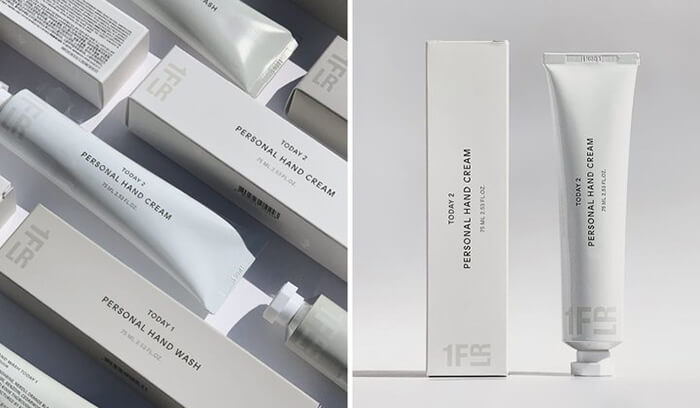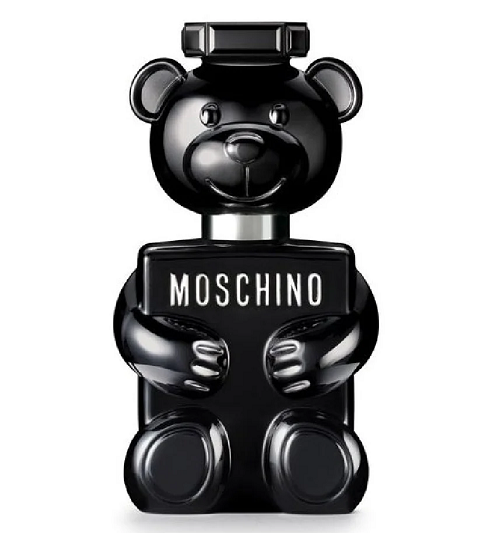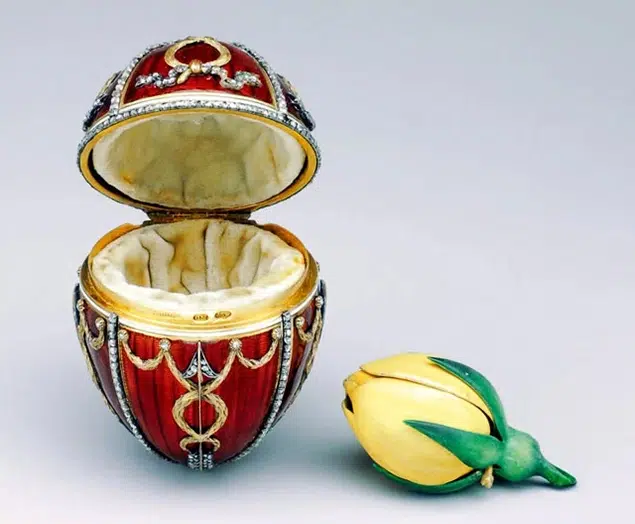Answering Top 10 Most Popular Questions About Packaging – Luxurypaperbox
Packaging plays a vital role in protecting and promoting products. As consumers become more environmentally conscious and technology advances, the packaging industry continues to evolve. However, with so many different types of box packaging and constantly changing regulations, it can be challenging to keep up. In this article, we’ll answer some of the most popular questions about packaging to help you make informed decisions about your packaging needs.
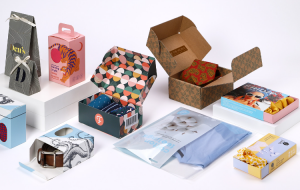
Top 10 Most Popular Questions About Packaging
Part 1: What is Packaging?
Packaging refers to the materials used to protect and promote products, including boxes, bags, bottles, and more. Its primary function is to protect the product during storage, transportation, and handling. Packaging can also play a role in branding and communicating the product’s features and benefits.
Part 2: Why is Packaging Important?
Packaging is important for several reasons. Firstly, it helps to protect the product from damage during storage, transportation, and handling. It can also help to extend the shelf life of products by preventing spoilage and contamination. Additionally, packaging can play a crucial role in branding and marketing, helping to communicate the product’s features and benefits to consumers.
Part 3: What are the Different Types of Packaging?
There are several types of packaging, including:
- Primary Packaging: This refers to the packaging that directly contains the product, such as a bottle, can, or pouch.
- Secondary Packaging: This refers to the packaging that surrounds the primary packaging, such as a cardboard box or plastic wrap.
- Tertiary Packaging: This refers to the packaging used for transportation, such as a pallet or shipping container.
- Sustainable Packaging: This refers to packaging that is environmentally friendly and has a minimal impact on the environment.
Part 4: What are the Best Materials for Packaging?
The best materials for packaging depend on the product being packaged and its intended use. Some common materials include:
- Cardboard: Cardboard is a popular packaging material due to its strength and versatility.
- Plastic: Plastic is a lightweight and durable packaging material that is widely used for food and beverage products.
- Glass: Glass is a popular packaging material for products such as beverages and cosmetics due to its transparency and recyclability.
- Sustainable Materials: Sustainable materials such as biodegradable plastics, paper, and plant-based materials are becoming increasingly popular due to their minimal impact on the environment.
Part 5: What are the Regulations for Packaging?
Regulations for packaging vary depending on the country and product being packaged. Some common regulations include:
- Food Contact Regulations: These regulations govern the materials that can be used for packaging food products.
- Recycling Regulations: These regulations govern the types of materials that can be recycled and how they should be disposed of.
- Environmental Regulations: These regulations govern the impact that packaging has on the environment and require companies to minimize their environmental impact.
Part 6: How Can I Make My Packaging More Sustainable?
There are several ways to make your packaging more sustainable, including:
- Using recyclable materials.
- Minimizing packaging waste.
- Using sustainable materials such as biodegradable plastics and plant-based materials.
- Implementing a closed-loop system where packaging is reused or recycled.
Part 7: How Can Packaging Help with Branding?
Packaging plays a crucial role in branding as it is often the first point of contact between the product and the consumer. The packaging design, colors, and messaging can all help to communicate the brand’s identity and values. Unique and eye-catching packaging can also help to differentiate the product from competitors and attract consumers.
Part 8: What is the Difference Between Biodegradable and Compostable Packaging?
Biodegradable and compostable packaging are often used interchangeably, but they have different meanings. Biodegradable packaging breaks down into natural materials over time, but the time frame can vary greatly depending on the material and environmental conditions. Compostable packaging is specifically designed to break down in composting systems, usually within a specific time frame and under specific conditions.
Part 9: How Can Packaging Reduce Food Waste?
Packaging can help to reduce food waste by extending the shelf life of products, protecting them from spoilage and contamination. Innovative packaging solutions such as modified atmosphere packaging (MAP) and vacuum packaging can also help to preserve freshness and reduce spoilage.
Part 10: How Can I Choose the Right Packaging for My Product?
Choosing the right packaging for your product depends on several factors such as the product’s size, weight, and fragility, as well as the intended use and target audience. It’s important to consider the different types of packaging available, the materials used, and any relevant regulations. Working with a packaging expert can also help to ensure that you choose the best packaging solution for your specific needs.
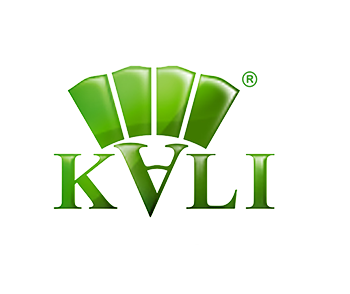
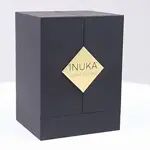
Top 10 Creative Cosmetic Packaging Design Ideas & illustrations 2023 | Luxury-Paper-Box.Com

10 Customs Of The Spring Festival (Lunar New Year) You Need To Know

Top 10 Best Lattafa Perfumes for Women & Men in 2024
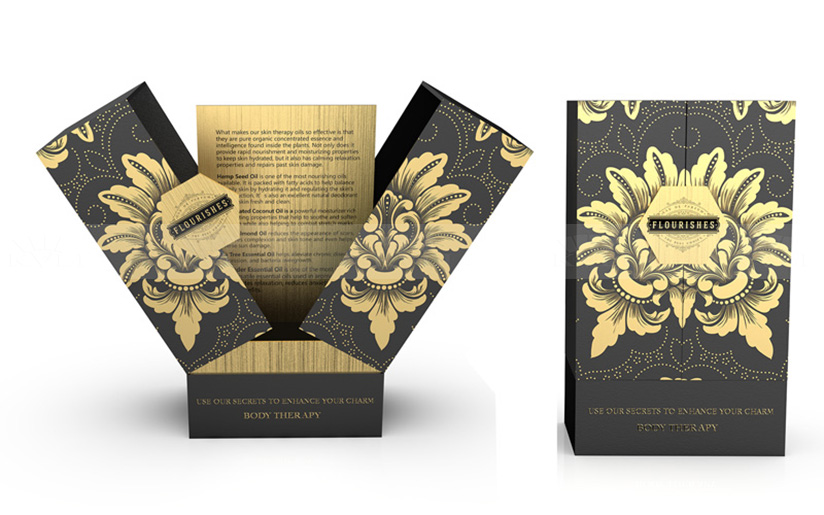
Top 10 Best Packaging Design Software 2023 (Free & Paid)
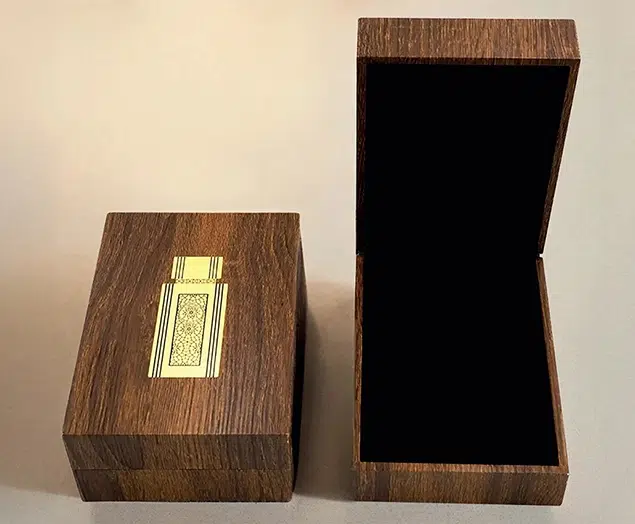
Why Choose MDF Boxes Over Wooden Boxes?



 kali@luxury-paper-box.com
kali@luxury-paper-box.com
